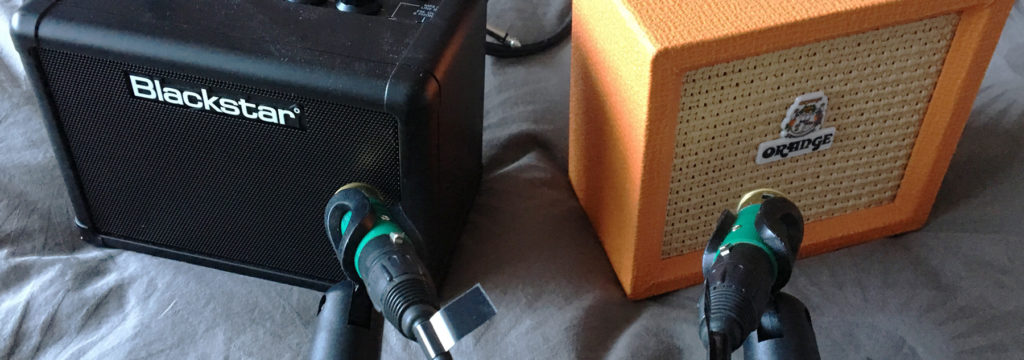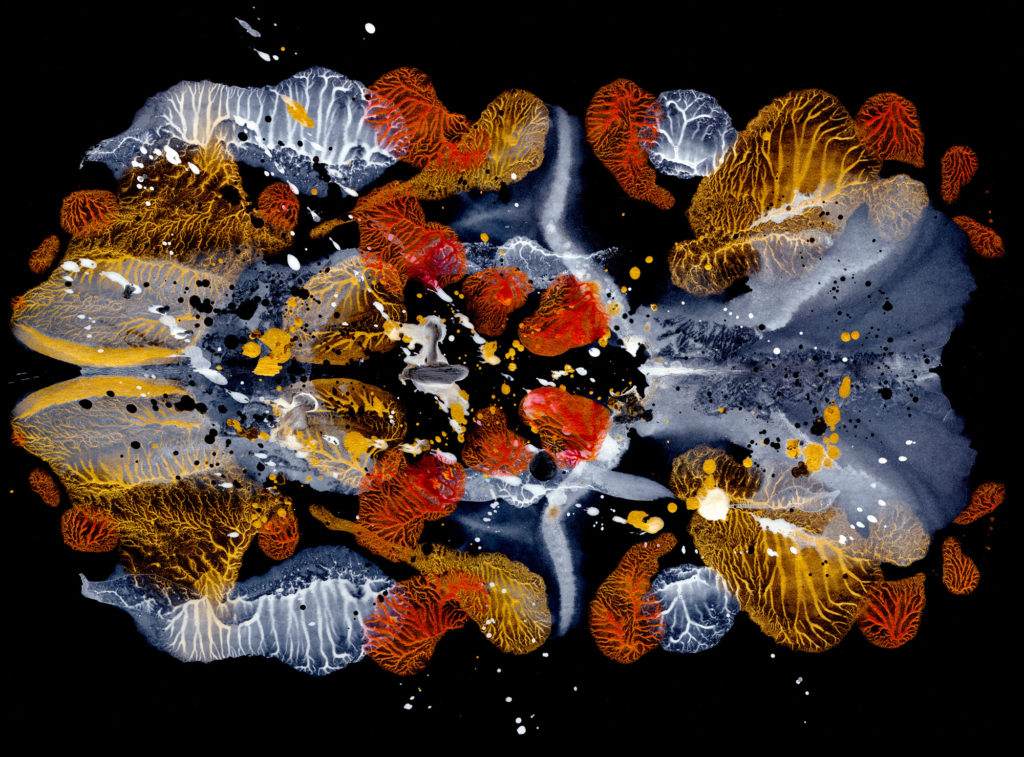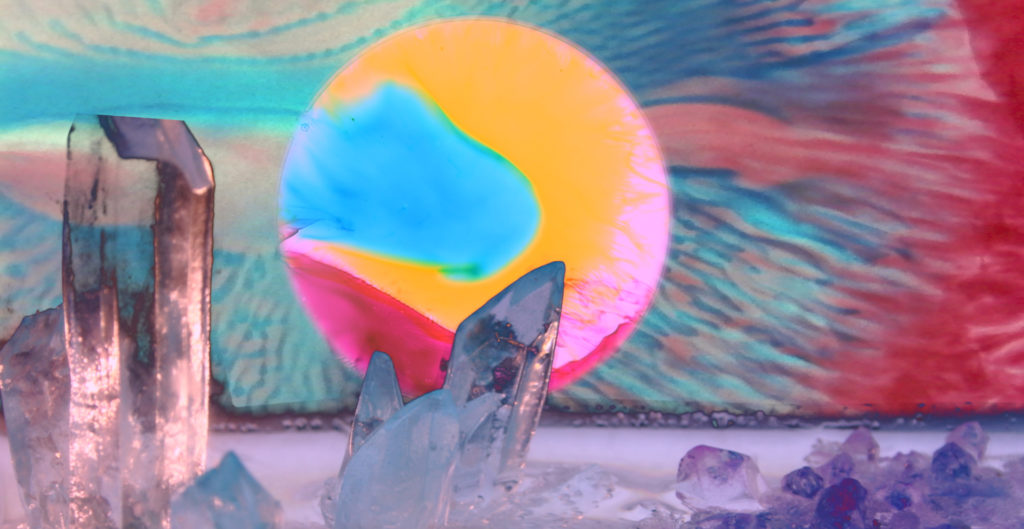Background

How time works on the Internet is a funny thing.
In the early winter of 2018, I started a YouTube series of live improvisations with my wooden Ciat-Lonbarde instruments, called The Logjams. However, the recording sessions for Shades preceded them (fall of 2018), increasing my desire to do looser, more improvised recordings and performances.
Shades began as an exercise in recording live takes with electronic instruments – not unusual, given that is how the sessions for the entire Études series, Lithopoetics, and Heliopause came about – but without any sequencers. No tempo-locked grid. No MIDI. No analog clock. Perhaps a single loop on a sampler or tape loop would be the only temporal reference point. As I started to work this way, which I found deeply intuitive and freeing, the material started to get dark. Really dark. So I went with it. Including re-recording the entire thing with guitar amplifiers.
And here we are: Shades.
Technique and Instruments
The more organic and improvisational Shades sessions are a direct result of the instruments used: the main instruments had no sequencers. The sessions were certainly multi-tracked, but no more than three or four layers per piece. All the songs were recorded at night, with the lights almost completely out, and I reveled in the ritualism of it all. It all started to feel like incantation, or conjuration, or summoning. So I decided to lean into these feelings, and make up a narrative as I performed. The song names outline the story, but it’s up to the listener to imagine the actual details.

The key instrument across this album is the Ciat Lonbarde Tetrax Organ, a pressure-sensitive wooden synth with only four “keys.” Much of this album is made with this single, simple instrument. Other instruments included the SOMA Lyra-8 (especially on the track Coming from Within), 1/8″ tape loops played back on a Marantz PMD-430 cassette player, a Pigtronix Infinity Looper (only on The Last Supplicant), and the Sequential OB-6 (only on The Return of the End, step-recorded but not synced to anything). The album’s centerpiece and narrative pivot point, The Order Collapses, is nothing but the Tetrax Organ, as is the more spacious The Dose Makes the Poison.
Recording, Mixing, and Mastering
As one would expect, all the instruments were tracked directly into an audio interface. After all the recording and mixing was done, I felt like something was missing. A sense of pressure, real air moving, grit, and maybe a little danger.
As a result, I decided to re-record the entire album through a pair of small three to five watt guitar amplifiers. This has been done on various albums for decades, but it is the first time I used this technique myself. This was done in a carpeted room with the volumes cranked high, but with little overt distortion from gain.

This was recorded through a pair of 12 Gauge Microphones (an electret cardioid design) in an ORTF stereo configuration. This was brought back into the computer, time and phase aligned, and mixed very subtly against the dry signal. The sonic characteristics of the amps – an Orange Crush Mini and a Blackstar Fly – were different enough to not cause phase issues, and worked to create a wide stereo image. I don’t think I equalized either channel at all. The recordings were done into a Sound Devices 702, using its onboard ultra-transparent preamps.
Thank goodness for long XLR cables.
Mastering was done entirely in the analogue domain, using a solid state parametric EQ for corrections, a tube compressor, and a tube EQ for sweetening. All limiting, however, was done digitally using DMG Limitless.
Design and Artwork
This album is my first that featured a team of visual artists and designers to provide a visual identity to the work.
First, I commissioned Swedish artist Johan G. Winthers to make the paintings for the cassette. I loved his dark symmetrical designs, which matched some of the notions of the album’s narrative. I gave him full reign and he created a tightly-rendered cover design as well as a gorgeous ink blot to accompany it. Little did he know we were about to flip the script on him in terms of the album packaging…

My main graphic design collaborator, Corey Holms, decided to use the ink blot as a slip jacket, keeping the cassette J-card itself free of all text or copy. Corey slyly chose a typeface that was evocative of 80s horror novels, which I had no choice to lean into that notion for some of the promotional imagery leading up to the album release. Apologies to those that thought I was actually releasing a book.

I also commissioned a music video for the opening track, The Initiate, from Emma Tomic, a Vancouver-based media artist. Her style is very analogue, and she used real liquids and crystal growth footage of her own making to create a deeply cosmic, extremely out-there video that I really enjoyed.

Meanwhile, I did my own music video for Coming from Within, using only the elements of the album artwork, keeping with utterly relentless symmetry as its core theme.

What’s Next
If you thought this was noisy, just you wait…there is an upcoming label-supported release in 2020 that mixes shortwave radio, deeply degraded tape loops, and acoustic instruments into a nouvelle concréte album. It’s a collaboration with a visual artist, and I’m really excited to tell you more about that in the new year.
Another album is in the works featuring synthesizers and orchestral and acoustic instruments, but it’s too early to tell when and how that will get released. It’s in development and it’s coming out very cinematically, and I couldn’t be more excited to share it with you when the time is right.
Onward!